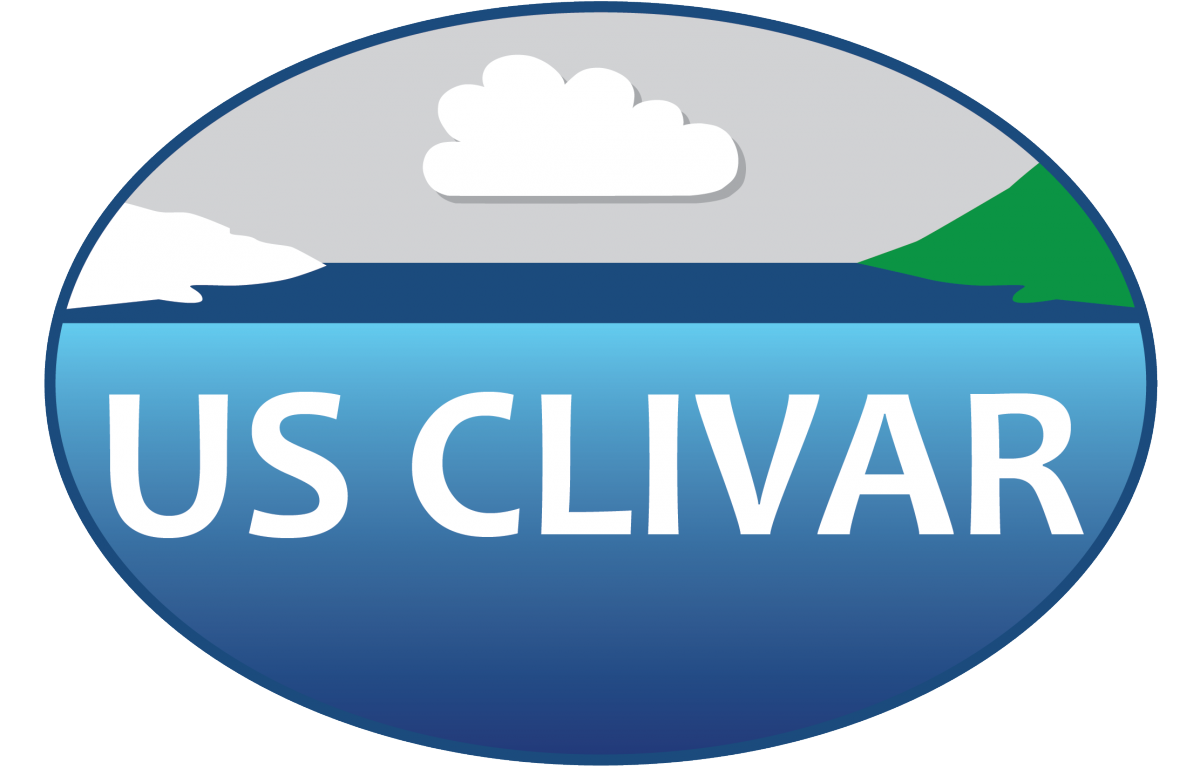Whither the Gulf Stream Workshop: Present Understanding and Future Opportunities for Elucidating the Role of the Gulf Stream in Weather and Climate
Background
The Gulf Stream, its associated mesoscale eddies, and the warm water advected by its currents influence the North Atlantic general circulation and impact the weather, climate, and ecosystems of the east coast of North America and northern Europe. Current climate models with standard resolution show significant SST biases in the Gulf Stream extension region, and have difficulty simulating the Gulf Stream path and post-separation stability across model platforms and resolutions. Climate variability alters the location and strength of the Gulf Stream, which affects ecosystems, carbon uptake, and East Coast sea level rise. Recent studies have suggested that the interaction between ocean eddies and the atmosphere is fundamental to the dynamics and variability of western boundary currents (WBCs), and a better representation of the eddy-scale air-sea interactions is essential to improve the simulation in both the ocean and the atmosphere over these regions.
There remain many unanswered questions about the atmospheric response to the SST frontal regions, and the impact of the high-resolution atmosphere-ocean boundary layer coupling on storms, atmospheric fronts, and the climate. Some of these air-sea interaction processes are not limited to western boundary current regions and are also evident throughout the global ocean eddy fields. However, these studies rely heavily on either near-surface satellite wind data and SST, which does not fully resolve the scales of interest, and typically does not include heat and moisture flux variability, or on model simulations.
Objectives
A focused Gulf Stream experiment with observational and modeling components for addressing these timely questions is needed. This workshop will be the first step towards such a program by bringing together the observational and modeling communities. Our focus is on creating a community framework for a concerted modeling and observational effort to create significant progress in our understanding of air-sea coupling in the Gulf Stream region and facilitating improved regional climate predictions and projections.
Workshop discussion topics:
- What are the current key questions related to air-sea coupling, the Gulf Stream, and weather and climate predictions?
- What questions could be addressed by a concerted modeling and observational program focused on the coupled boundary layers?
- What key regions, observables, and time and space scales should be a focus of modeling and observations?
- What are the gaps in observations and modeling capability that need to be overcome to properly determine the role of the Gulf Stream in weather and climate variability?
Target Participants
This community workshop is open to participants with expertise in
- Atmosphere and/or ocean boundary layer observations or field campaigns, including new technologies;
- Limited area high resolution coupled modeling with a focus on process level understanding, the coupled boundary layers, and air-sea interactions;
- Basin to global atmospheric and coupled modeling, including reanalyses, with expertise in impacts of the Gulf Stream on atmospheric variability;
- Seasonal to decadal prediction and operational prediction; and/or
- Satellite remote sensing, reanalysis products, and other gridded datasets that describe processes over the Gulf Stream
Workshop Format
The 2.5 day workshop will include a mix of plenary sessions, breakout sessions, and poster sessions. The focus will be on discussion and invited talks will be designed to motivate ideas and interaction within the breakout sessions.
The workshop will be held in-person with virtual participation available.
Outcomes
The workshop will allow for plentiful time for targeted discussions on panels, in poster sessions, and breakout rooms. The goal of these discussions will be to outline the challenges to understanding ocean-atmosphere interactions over the Gulf Stream, recommendations for addressing these challenges, and then development of a roadmap for designing an observational/modeling campaign that will answer address these recommendations. These recommendations could include targeted modeling simulations; development of further technology, and analysis of past observations and model results. A workshop summary will be submitted to EOS or BAMS, and a white paper outlining the roadmap will be produced.
Scientific Organizing Committee
Carol Anne Clayson, WHOI (co-chair)
Nathan Laxague, University of New Hampshire (co-chair)
James Booth, City College of New York
Dujuan Kang, Rutgers University
Larry O’Neill, Oregon State University
Malcolm Roberts, UK Met Office
Justin Small, NCAR
Roger Samelson, Oregon State University
Elizabeth Thompson, NOAA PSL
Program Organizing Committee
Sam Coakley, US CLIVAR
Cyndie Graddy, US CLIVAR
Mike Patterson, US CLIVAR
Jennie Zhu, US CLIVAR
Workshop Sponsors



